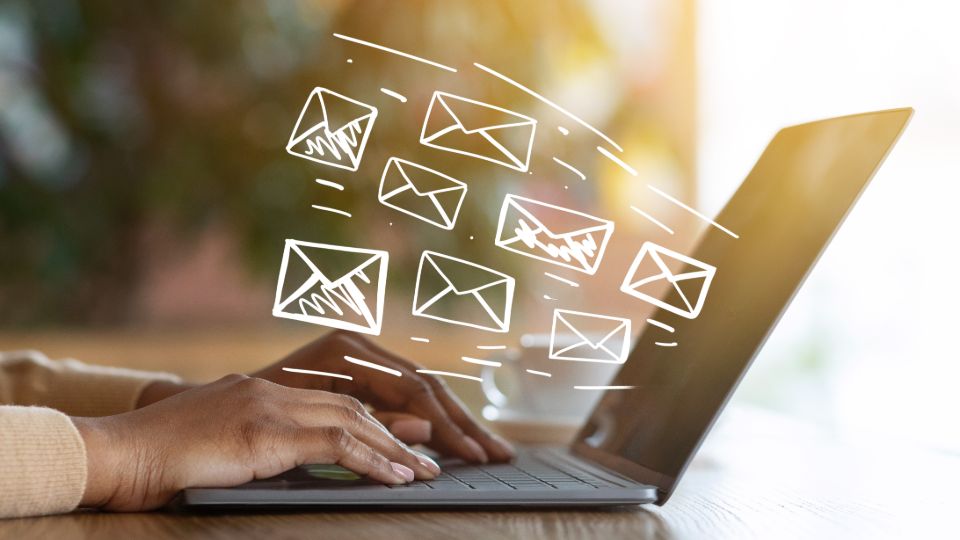How to Use Email Segmentation to Improve Email Marketing
Email segmentation is a powerful strategy that divides a large email list into smaller, more targeted groups based on specific criteria. This allows businesses to send personalized content that resonates with various customer needs, preferences, and behaviors. Not only does segmentation boost engagement, but it also enhances the overall effectiveness of your email marketing campaigns.
Why Email Segmentation is Important
Enhanced Personalization
Segmenting your email list allows you to create tailored messages that cater to the unique interests and needs of each group. Personalized emails—whether based on a customer’s location, purchase history, or engagement—are more likely to grab attention and drive conversions.
Improved Engagement Rates
Emails that speak directly to a recipient’s preferences and behaviors are far more engaging. By segmenting your list, you ensure that subscribers receive relevant content, which leads to higher open rates, increased click-through rates (CTR), and lower unsubscribe rates.
Better Customer Retention
Segmenting your email list also helps you nurture existing customers with the right content at the right time. For example, offering loyalty rewards to frequent buyers or sending educational content to new customers can help strengthen relationships, ultimately fostering long-term engagement and retention.
Key Strategies for Effective Email Segmentation
Demographic Segmentation
Demographic data such as age, gender, job title, and location is valuable for tailoring your emails. For instance, a retail brand may send different promotions based on region or offer special discounts targeted at specific age groups, ensuring that the content resonates deeply with each recipient.
Behavioral Segmentation
Behavioral segmentation involves grouping subscribers based on their actions, like past purchases, website visits, or email engagement. For example, customers who recently bought a product can receive follow-up emails with recommendations for related items.
Engagement Level Segmentation
Segmenting based on engagement levels is another effective approach. Subscribers can be categorized into groups like active, inactive, or dormant based on how they interact with your emails. Re-engagement campaigns for inactive users or exclusive offers for active subscribers can significantly improve engagement.
Purchase History Segmentation
Purchase history segmentation allows you to send messages that encourage repeat purchases. For example, offering a discount on a similar product to one a customer previously bought or sending a special promotion during their customer anniversary can drive sales.
Tools for Email Segmentation
Using the right tools can make email segmentation more efficient. Platforms like Mailchimp, HubSpot, and ActiveCampaign offer advanced segmentation features that help categorize subscribers and automate targeted email campaigns.
Conclusion
Email segmentation is a crucial tactic for any successful email marketing strategy. By delivering targeted, personalized campaigns, businesses can increase engagement, improve customer retention, and drive conversions. For more effective email marketing, explore tools like Vabro.
